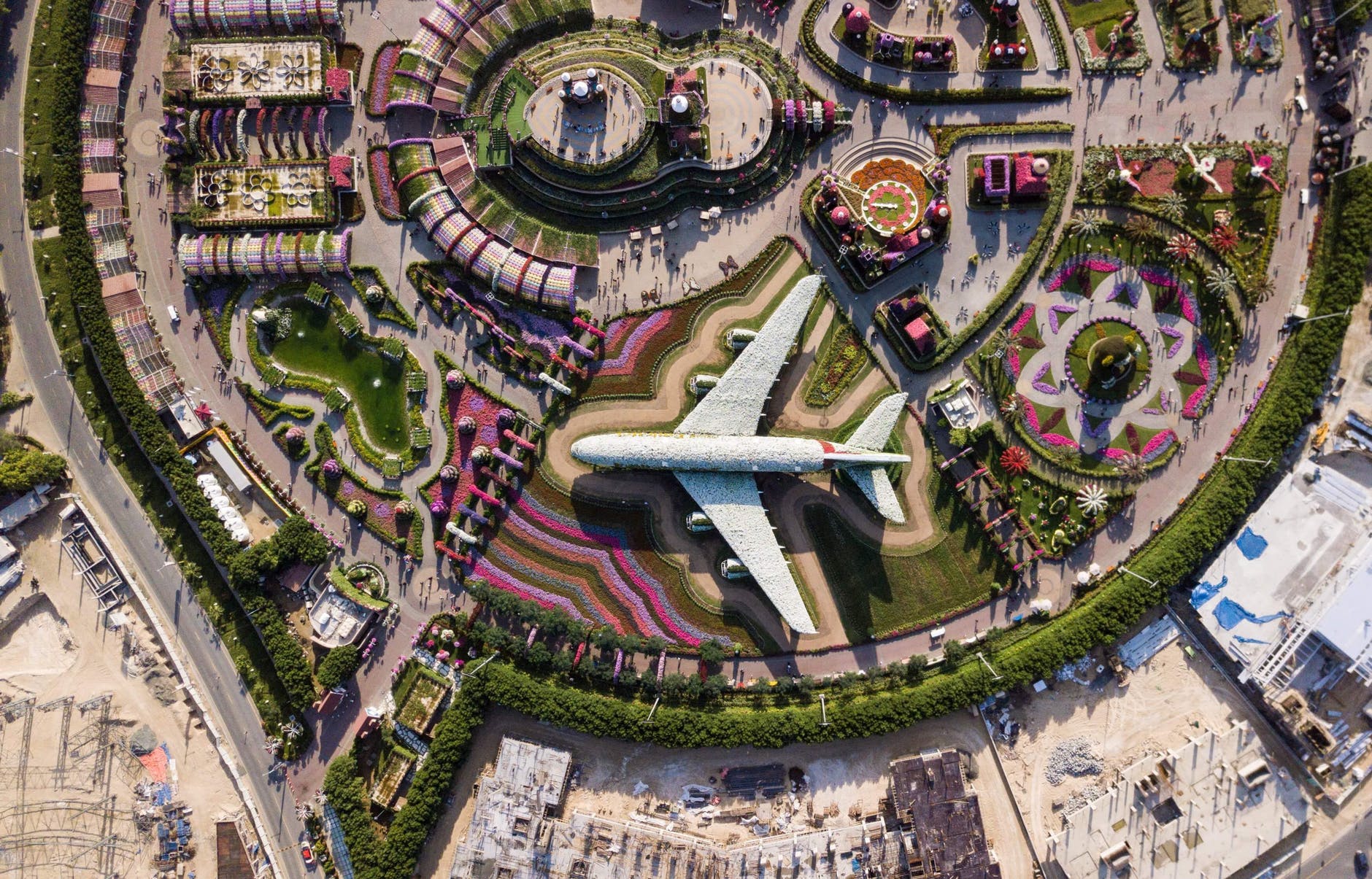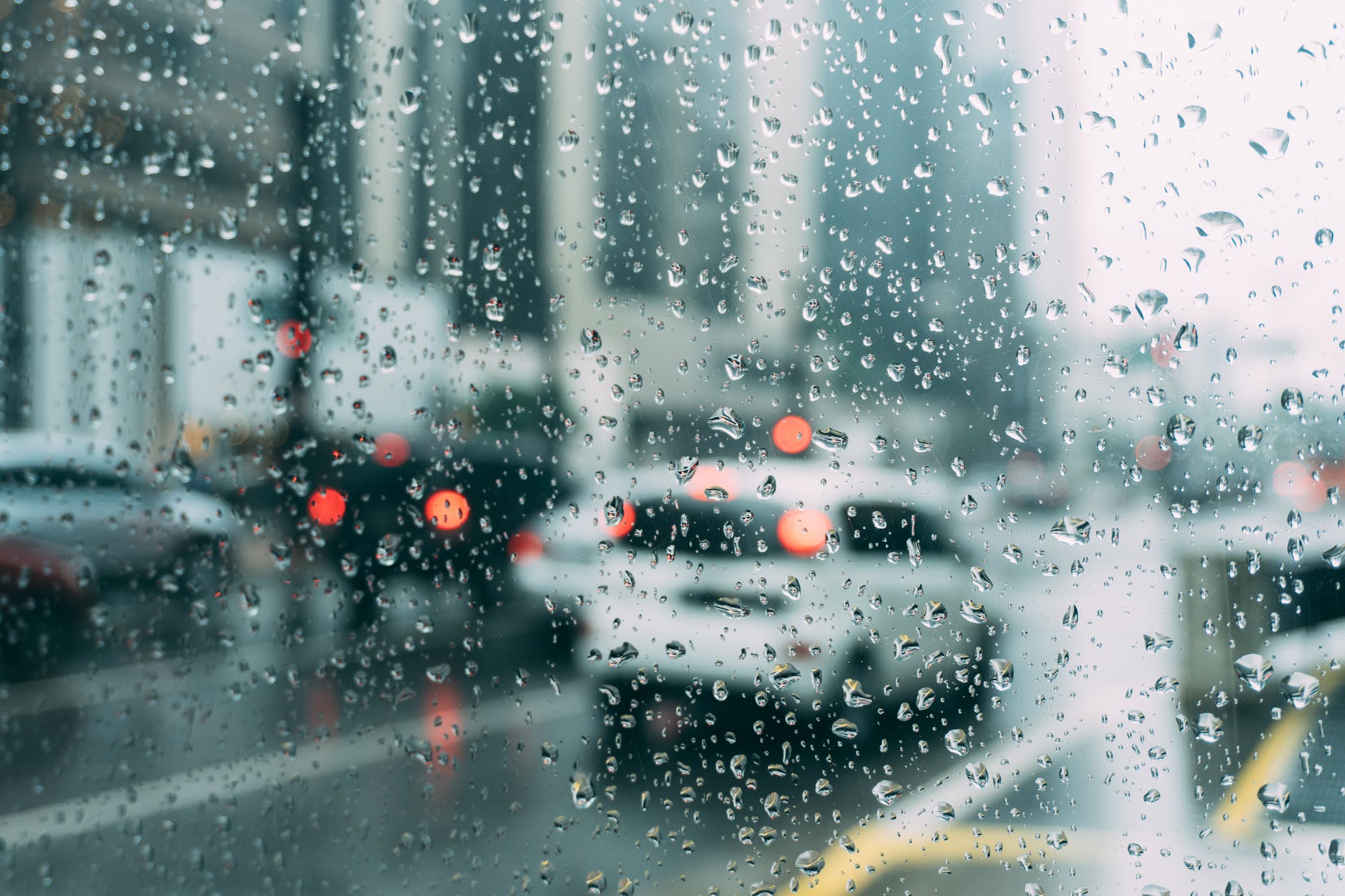Can Urban Design Create Smarter, Kinder Cities?
There is no one way to think about a city. But one thing, until recently, has been certain: cities aren’t thinking about you.
The idea of conscious cities challenges the assumption that cities are thoughtless spaces, or stationary backgrounds for busy urbanites to make their mark on. Cities make their mark on us in ways we don’t realize, and often unintentionally so. By adding intelligence to city design, urban planners have the opportunity to create smarter, kinder cities.
Like any sentient being, a conscious city affects how you feel and what you do. It is an active participant that can improve or worsen your health, your comfort, and your wellbeing. The concept was coined in a 2015 manifesto by Itai Palti and Moshe Bar.
“The foundation of consciousness lies in the city’s awareness of the motives, personalities and moods of its inhabitants,” the authors write. Though architects have long designed to elicit emotion, from Pyramids to monasteries, we now have the data to base these decisions— from small details to large-scale urban plans—on actual science instead of instincts.
This isn’t to say today’s cities weren’t purposefully designed. Most city streets are planned for efficiency; the same goes for buildings, which are designed for convenience, if not luxury or bravado. Concern for public health and comfort, though, has not always been high-priority, let alone backed by science. True, there was a brief moment in the 70s when psychologists teamed up with architects in an effort to encourage “environmental psychology.” Unfortunately, the idea fizzled quickly.
As urban populations surge, the first instinct of builders and planners may be to save and make space. This alone is not enough, especially considering the well-documented psychological effects of overcrowding. Planners need only utilize science and research to plan for happy, healthy cities. Otherwise, they may worsen the existing condition.
How Our Cities Change Us
Before planning for the future, it’s useful to understand what elements of urban design are impacting us today. We know, for example, that repetitive patterns like stripes and tiles can induce migraines or seizures, while more natural and visually interesting shapes and spaces can ease stress.
Then there’s the paradoxical phenomenon of loneliness in crowds. Ample evidence through MRI scans suggests that people who grow up in cities are more prone to mental health issues, and it’s likely that crowding is one of these reasons, as our brains are not conditioned for such environments.
Technology helps us understand the way our surroundings affect us in ways we may not understand on the surface. Social psychologist Colin Ellard conducted a study to examine the physical reaction participants had to building facades using EEG headsets and wristbands. He found that facades, in fact, played a large role in the comfort levels of the participants.
According to the BBC, “when he walked a group of subjects past the long, smoked-glass frontage of a Whole Foods store in Lower Manhattan, their arousal and mood states took a dive, according to the wristband readings and on-the-spot emotion surveys.” They sped up as if to escape a dead zone, then returned to a state of liveliness when passing storefronts.
Triangulation and public spaces foster community and reduce car accidents by implying that roads aren’t just for cars. Green spaces consistently correlate with higher levels of well-being in cities, even when taking other considerations into effect.
There are even worse ill-effects, planned or otherwise. The placement of highway systems and public transportation have led to segregation and poverty. Design features including spikes and high-pitched beeping discourage loitering at the expense of pedestrian comfort. Flashing lights and advertisements, especially at night, may induce anxiety and interrupt natural sleep cycles too.
Planning for the Future
Conscious cities, in theory, would use science and technology to optimize cities for the wellbeing of their inhabitants. This could—and should—go beyond just mental health by taking things like public health, ROI, and efficiency into consideration, too.
Take trees as an example. As a key component of “green space,” trees carry with them a number of psychological and physical benefits. A recent article by Vox outlined the findings of a recent Nature Conservancy report, concluding that “planting more urban trees, if done right, could save tens of thousands of lives around the world each year—by soaking up pollution and cooling down deadly heat waves.”
Besides these tangible, measurable effect, studies have found that simply viewing green space caused people to become happier and also changed their physiology, as their autonomic nervous systems showed strong signs of relaxation responses. Further research has shown that even simulated green space can have similar effects.
According to the Guardian, this type of research could be “the basis of a new and powerful discipline of experimental urban design based on sound principles of psychology and neuroscience,” perhaps utilizing virtual reality and other technology to simulate these types of responses. Neuroscience-based architecture and design could reinvent cities as we know them, or at the very least make little updates that pack a big punch.
After all, it follows that happier, more relaxed urban dwellers will be more productive, contributing to a happier and healthier economy. It’s a whole new way to think about cities, and ultimately a return on investment that can’t be ignored.



